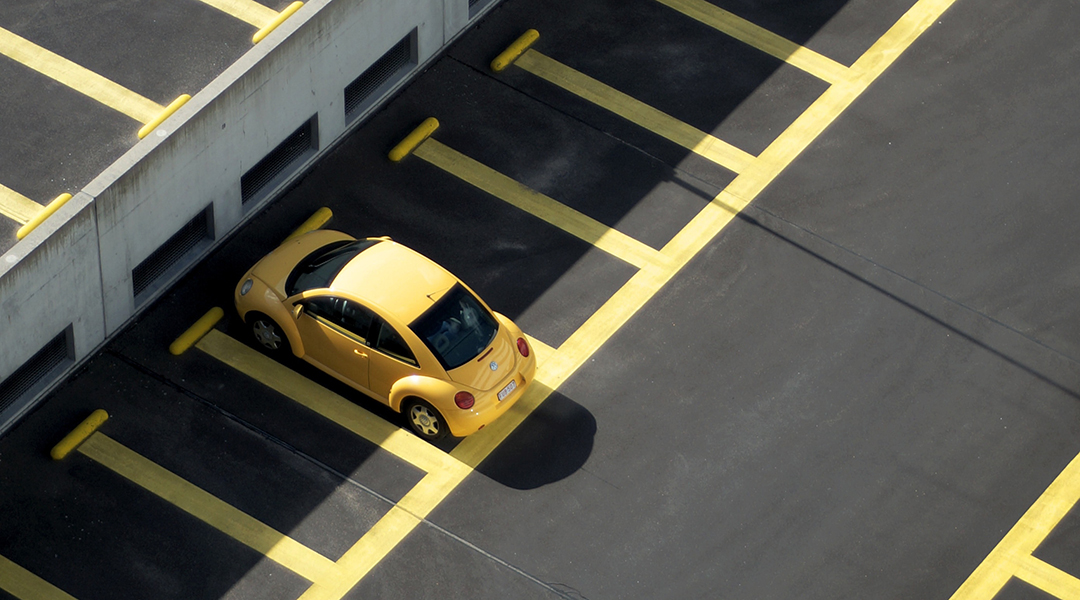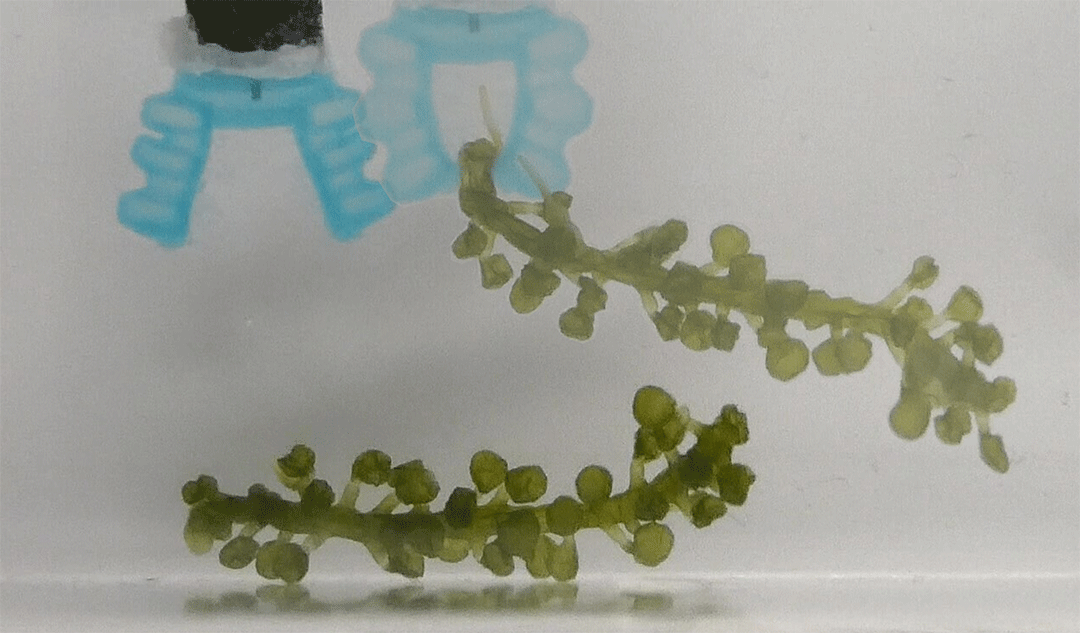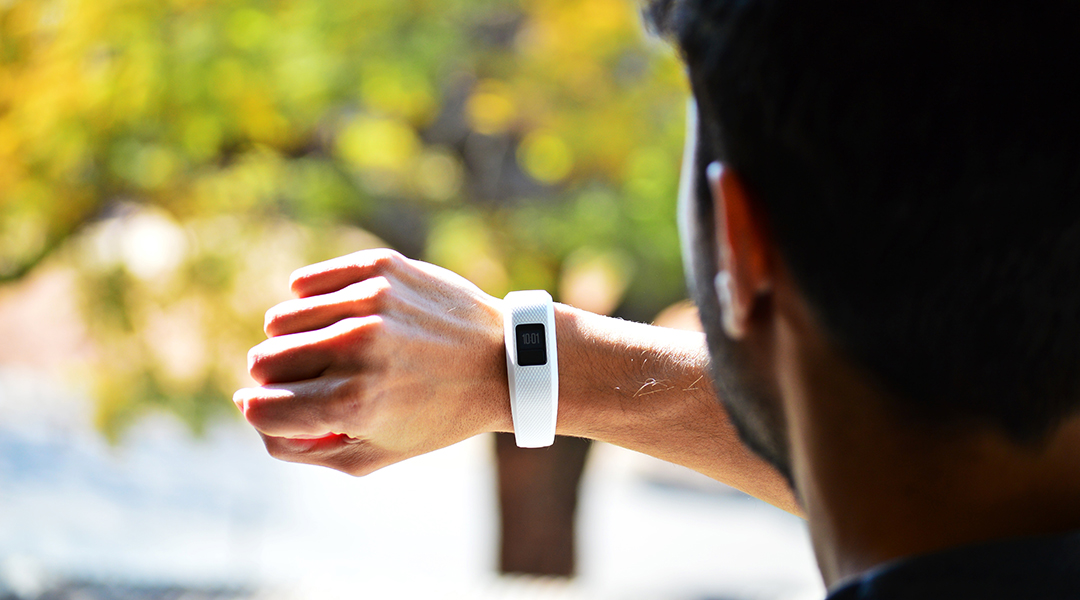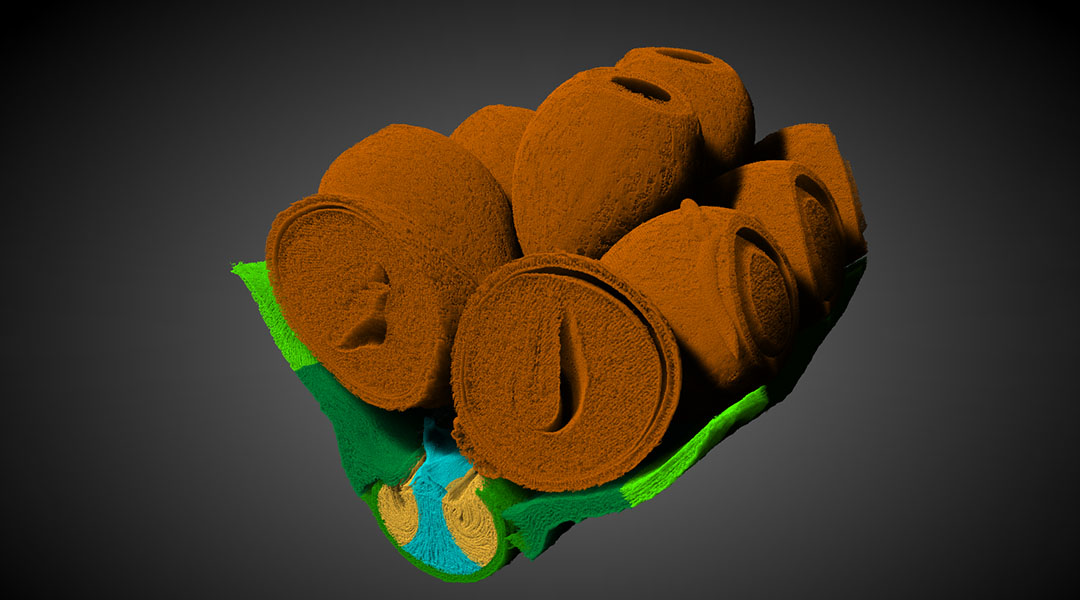Swarms of iron-clad algae have been built to sweep through bodies of water to collect elusive bits of micro- and nanoplastics.


Swarms of iron-clad algae have been built to sweep through bodies of water to collect elusive bits of micro- and nanoplastics.

Drawing power from the electrical fields of nearby objects, this nanosensor enhances vehicle safety and slashes energy consumption.

Scientists employ cutting-edge 3D printing to recreate human-like tissue, promising a breakthrough in cellular research and potential insights into aging and disease.

Groundbreaking soft sensors enable robots to both see and feel, paving the way for robots that can autonomously interact with and understand their environment.

Biodegradable soft robots made from brown seaweed and hydrogels enable the exploration of fragile environments with minimal environmental impact.

A battery-free wearable device wirelessly monitors health using body heat for continuous power.

A new fire-warning technology integrated into children’s clothing can be linked up to a mobile device for early detection and proactive safety measures.

Taking inspiration from nature, scientists create a two-component catapult that overcomes limitations in 4D printing.

Catalysts that mimic antioxidase enzymes show promise in treating inflammatory diseases, such as gum disease, lupus, or cancer.

Stem-cell laden nanostructures prevented cell death while promoting growth and differentiation to help repair the spine following injury.